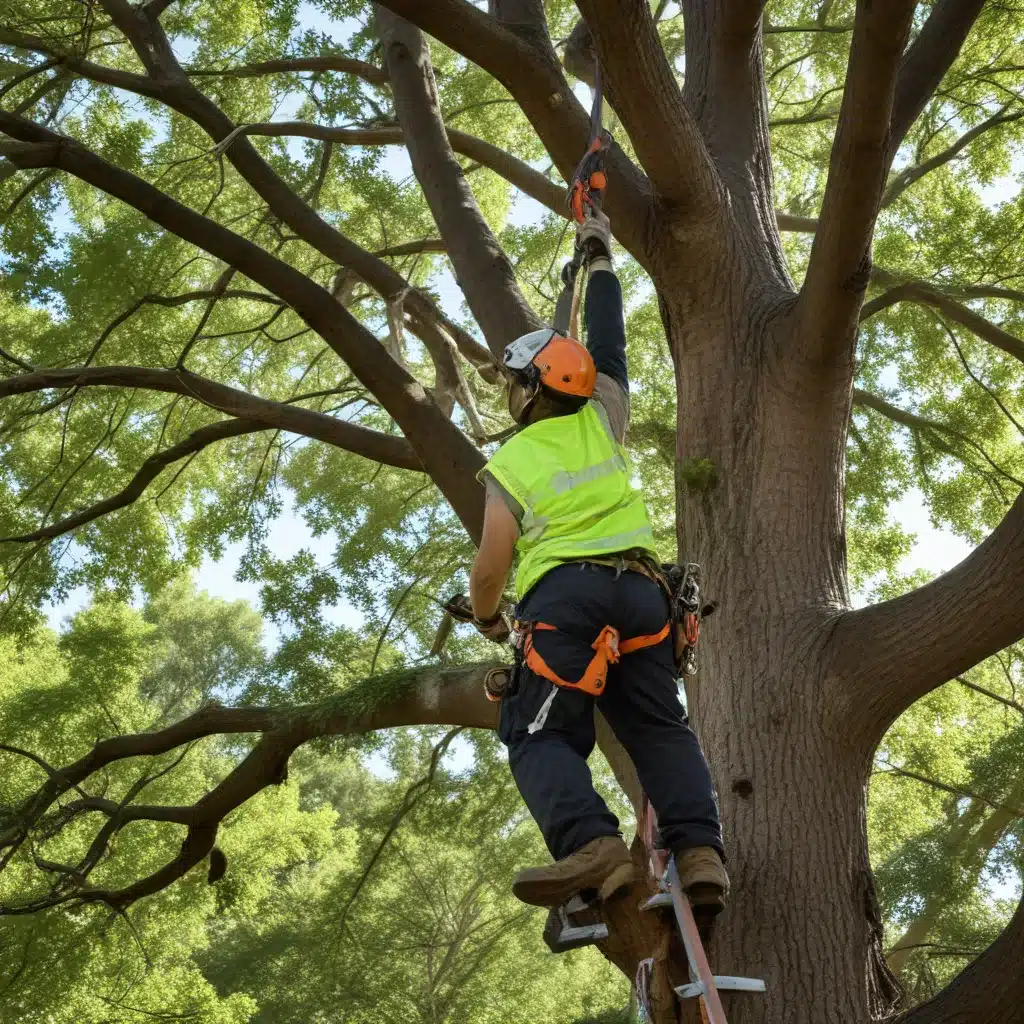
Tree removal is a complex and often contentious issue, particularly in historic districts or areas with significant ecological or cultural value. As a tree care specialist with TriCounty Tree Care, I understand the delicate balance between preserving the past and maintaining a healthy, sustainable urban forest. In this article, we will explore the nuances of tree removal, the importance of historic preservation, and strategies for finding common ground.
Tree Removal
Reasons for Tree Removal
There are several legitimate reasons why a tree may need to be removed, even in a historic setting. Structural instability, disease, or damage can pose a safety risk to nearby buildings, infrastructure, and people. Additionally, trees may need to be removed to accommodate necessary infrastructure upgrades or development projects. In some cases, the presence of an invasive or non-native species can warrant removal to protect the local ecosystem.
Environmental Impact of Tree Removal
The decision to remove a tree should not be taken lightly, as it can have significant environmental consequences. Trees play a vital role in urban ecosystems, providing oxygen production, carbon sequestration, stormwater management, and habitat for wildlife. The loss of a single tree can disrupt these essential functions, leading to broader ecological impacts.
Regulations and Permits
In many municipalities, there are strict regulations and permitting requirements surrounding tree removal, particularly for heritage or historic trees. These policies are designed to protect the community’s natural and cultural resources. Before undertaking any tree removal, it is crucial to consult with local authorities and obtain the necessary permits, as failure to do so can result in substantial fines and penalties.
Historic Preservation
Importance of Historic Preservation
Historic preservation is a critical component of maintaining a community’s unique identity and cultural heritage. Historic trees and landscapes can serve as tangible links to the past, providing aesthetic, educational, and ecological benefits. Preserving these assets not only enhances the community’s character but also contributes to economic development through heritage tourism and property value appreciation.
Challenges in Historic Preservation
Balancing the need for tree removal with the imperatives of historic preservation can be a complex and nuanced challenge. Aging or diseased trees, infrastructure conflicts, and development pressures can all threaten the integrity of historic landscapes. Navigating the sometimes-competing interests of public safety, ecological sustainability, and cultural heritage requires a thoughtful, collaborative approach.
Balancing Tree Removal and Historic Preservation
Striking the right balance between tree removal and historic preservation requires a comprehensive understanding of the site’s ecological, cultural, and historical significance. In some cases, a targeted and sensitive approach to tree removal, such as selective pruning or crown reduction, may be sufficient to address safety concerns while preserving the historic character of the landscape. In other instances, a replacement planting strategy, featuring native or historically appropriate species, can help maintain the visual continuity of the site while addressing long-term sustainability.
Urban Forestry
Benefits of Urban Forests
Urban forests provide a multitude of benefits to communities, from improving air quality and reducing stormwater runoff to enhancing property values and promoting public health. These ecosystem services are particularly valuable in historic districts, where mature trees and lush greenery can contribute to the overall sense of place and cultural identity.
Urban Tree Management
Effective urban tree management is essential for preserving the health and longevity of historic trees. This may involve regular pruning, disease and pest management, and soil health maintenance. By proactively addressing potential issues, arborists can help mitigate the need for tree removal and ensure the continued vitality of the urban forest.
Community Engagement
Engaging the local community is a crucial component of any historic preservation and urban forestry initiative. By fostering public awareness and education, tree care specialists can build support for their efforts and encourage stewardship of the community’s natural and cultural resources. This may involve hosting tree planting events, guided tours, or workshops on the importance of historic trees and landscapes.
Legal and Policy Considerations
Local Ordinances and Regulations
Each municipality has its own set of tree protection and historic preservation ordinances, which can vary significantly in their scope and requirements. Tree care specialists must stay up-to-date on the relevant local regulations and work closely with city planners, historic review commissions, and other stakeholders to ensure compliance and secure the necessary permits for any tree removal or management activities.
Historic Preservation Laws
At the state and federal levels, historic preservation laws such as the National Historic Preservation Act provide additional layers of protection for significant cultural resources, including historic trees and landscapes. Tree care professionals must be mindful of these regulations and coordinate with preservation authorities to ensure their actions align with the broader goals of historic conservation.
Stakeholder Interests
Balancing the interests of various stakeholders, including property owners, community groups, environmental advocates, and municipal agencies, is a critical aspect of navigating the complexities of tree removal and historic preservation. Effective communication, compromise, and collaborative problem-solving are essential for finding solutions that address the diverse needs and concerns of all parties involved.
In conclusion, the relationship between tree removal and historic preservation is a nuanced and often challenging one, but with the right approach, it is possible to achieve a sustainable and harmonious outcome. By leveraging scientific expertise, regulatory knowledge, and community engagement, TriCounty Tree Care is committed to helping historic communities preserve their natural and cultural heritage while ensuring the long-term health and vitality of their urban forests.


